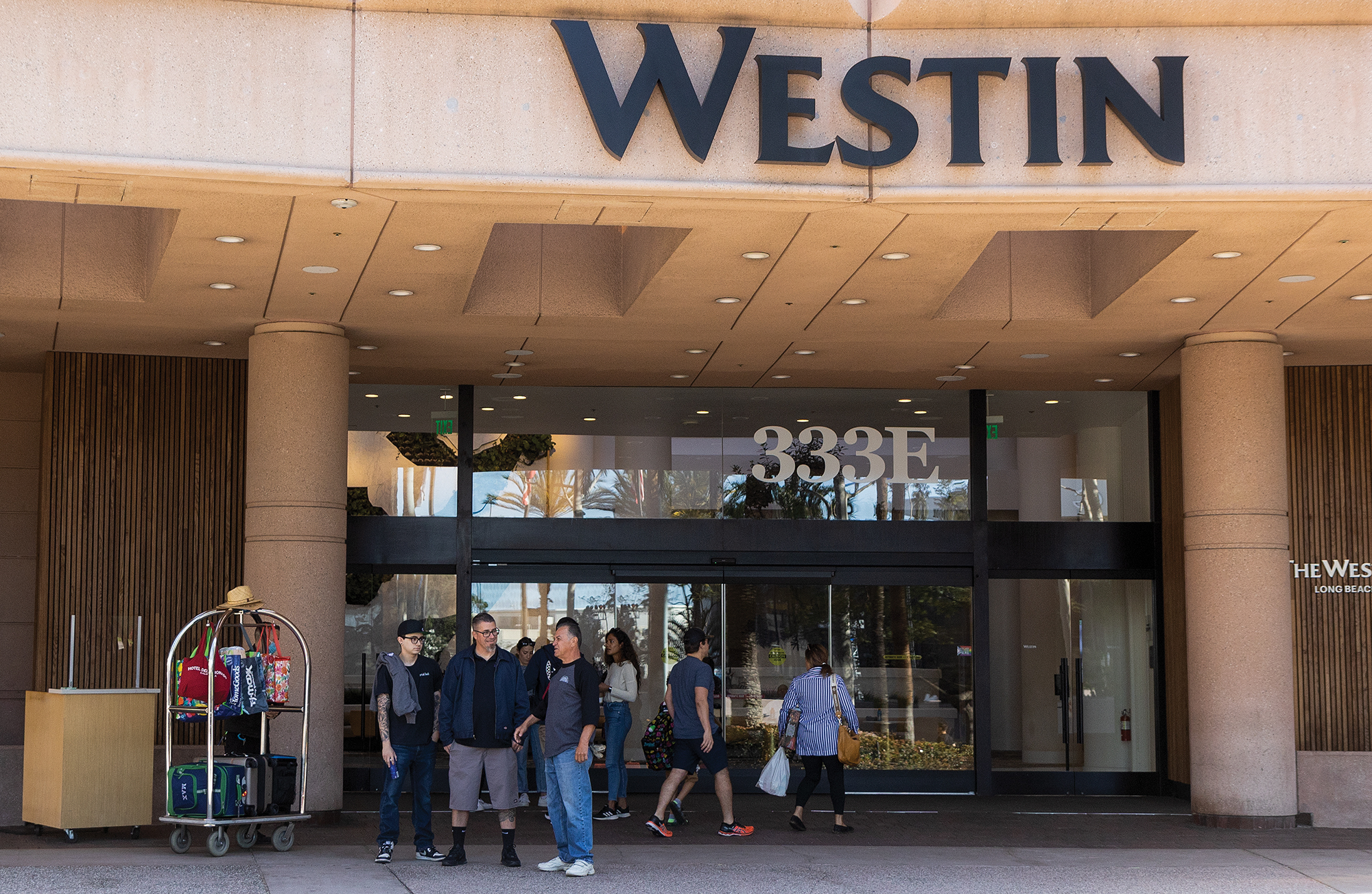Long Beach’s hotels were hit hard by COVID-19, but the city’s Transient Occupancy Tax, known more commonly as the hotel bed tax, has remained an important source of revenue.
Until 2020, the rate of the tax in Long Beach was 12%, with half of the funds going to the city’s general fund and the other half being injected into a “Special Advertising and Promotions Fund” (SAP) that the city uses to pay for advertising, promotional and public relations projects on top of special events calling positive attention to Long Beach. It also includes a $5 million allocation to the Long Beach Conventions and Visitors Bureau.
But voters passed Measure B in March 2020, and the hotel bed tax rate rose by one percentage point, with the money raised from this increase going into the general fund and then being allocated to several local arts organizations and the Long Beach Convention Center.
The pandemic’s impact on the hotel bed tax revenue—and, in turn, on local arts and tourism groups—was immediate. Revenue in fiscal years 2018 and 2019 from the hotel bed tax totaled about $31 million per year, and the share placed in the general fund accounted for about 3% of its total revenue. But the total revenue from the tax dropped to $21 million the next fiscal year, and again to $19 million in the most recent fiscal year.
Revenue Management Officer Geraldine Alejo, though, said on a recent Zoom call that there’s reason for optimism.
“We started to see good news towards the end of 2021,” Alejo said.
While the general fund was able to mask its loss with revenue from more prominent general fund sources, such as sales and property tax revenues that outpaced expectations, the hotel bed tax is essential to the SAP’s functions, with about 85% of the fund’s revenue coming from the tax, according to the city.
And though general fund revenue is not quite as reliant on the tax, the hotel bed tax still provides a significant chunk, accounting for about 2% of the fund’s total revenue in the last fiscal year. The tax was the 12th largest general fund revenue source despite the steep decline.
President and CEO of the Long Beach Conventions and Visitors Bureau Steve Goodling said that his organization felt the effects and was forced to cut back on several positions that were important to the bureau.
“As with any organization, during the pandemic, we had to make adjustments, and we did,” Goodling said in an interview.
“Sadly, there were positions that took care of customers when they were here: convention service directors,” he added. “If you have no conventions coming in, there’s no work. And so sadly, there are individuals who were not able to work during the pandemic, because there was no work for them to do.”
COVID-19 did bring a rather sudden drop in revenue from the hotel bed tax, but large fluctuations of the hotel bed tax are not unheard of. SAP funding history shows sudden massive declines in prior recessions—a 32% drop in fiscal year 2002 and a 19% decline in fiscal year 2009.
“Despite improvement, TOT continues to be an extremely volatile revenue source and is heavily dependent on conventions and business travel,” the city’s FY 2021 End of Year Performance Report said.
While it fell below the expectations originally presented in the measure, the roughly $1.5 million the fund generated in the last fiscal year has been helpful for Measure B’s intended beneficiaries.
Three of the organizations—Musica Angelica, Musical Theater West, and Long Beach Symphony—confirmed that they have received the funds, and said that they have used the money to stay afloat.
“We could not be more grateful for this critical funding,” Long Beach Symphony President Kelly Ruggirelo said over email, “which supported maintaining a reduced staff in preparation for relaunching concerts this past fall.”

